Hey all, I just published video 5 on making custom photo-etched parts and soldering. Hope it helps someone, or at least is mildly entertaining!
https://historicshipmodel.com/how-they-are-made
Next-up I will be making some custom photo-etched brass sheets! Any small, thin details you see on the model such as ladders, railings, window frames, antennas, radars, etc... etc... are photo-etched brass. I will show you how I did it from planning and drawing the parts in CAD to sending the files for fabrication to folding the parts to soldering them together and painting. Lots to cover here, but it makes such a difference in the model!!!
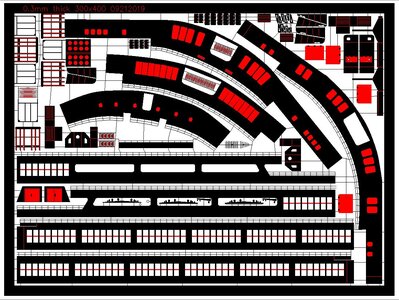
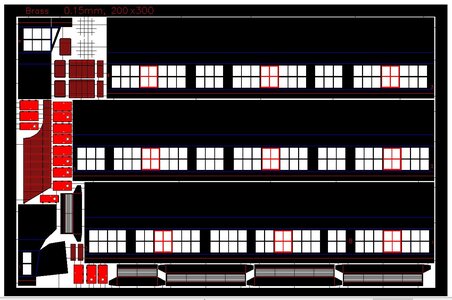
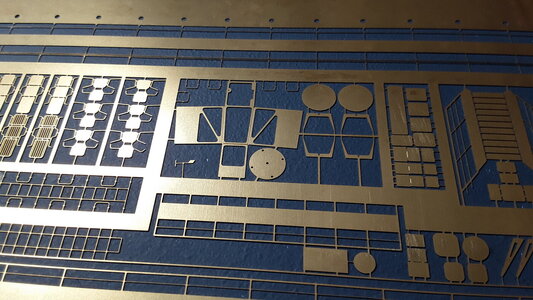
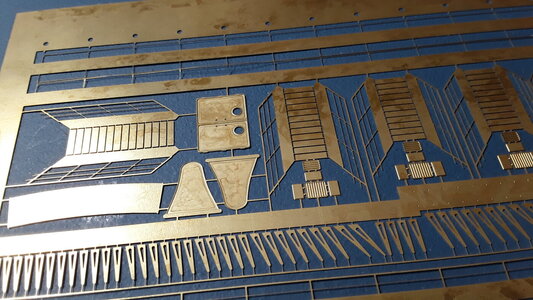
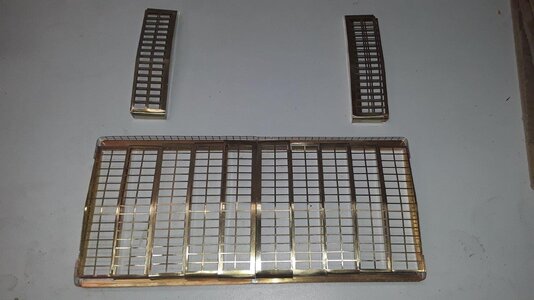
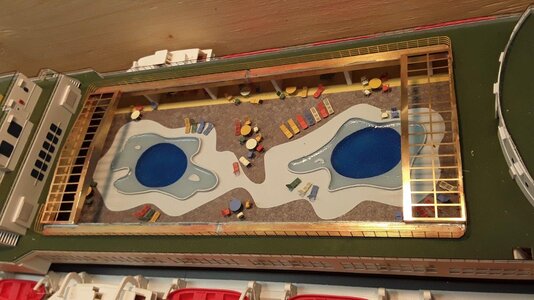
https://historicshipmodel.com/how-they-are-made
Next-up I will be making some custom photo-etched brass sheets! Any small, thin details you see on the model such as ladders, railings, window frames, antennas, radars, etc... etc... are photo-etched brass. I will show you how I did it from planning and drawing the parts in CAD to sending the files for fabrication to folding the parts to soldering them together and painting. Lots to cover here, but it makes such a difference in the model!!!










